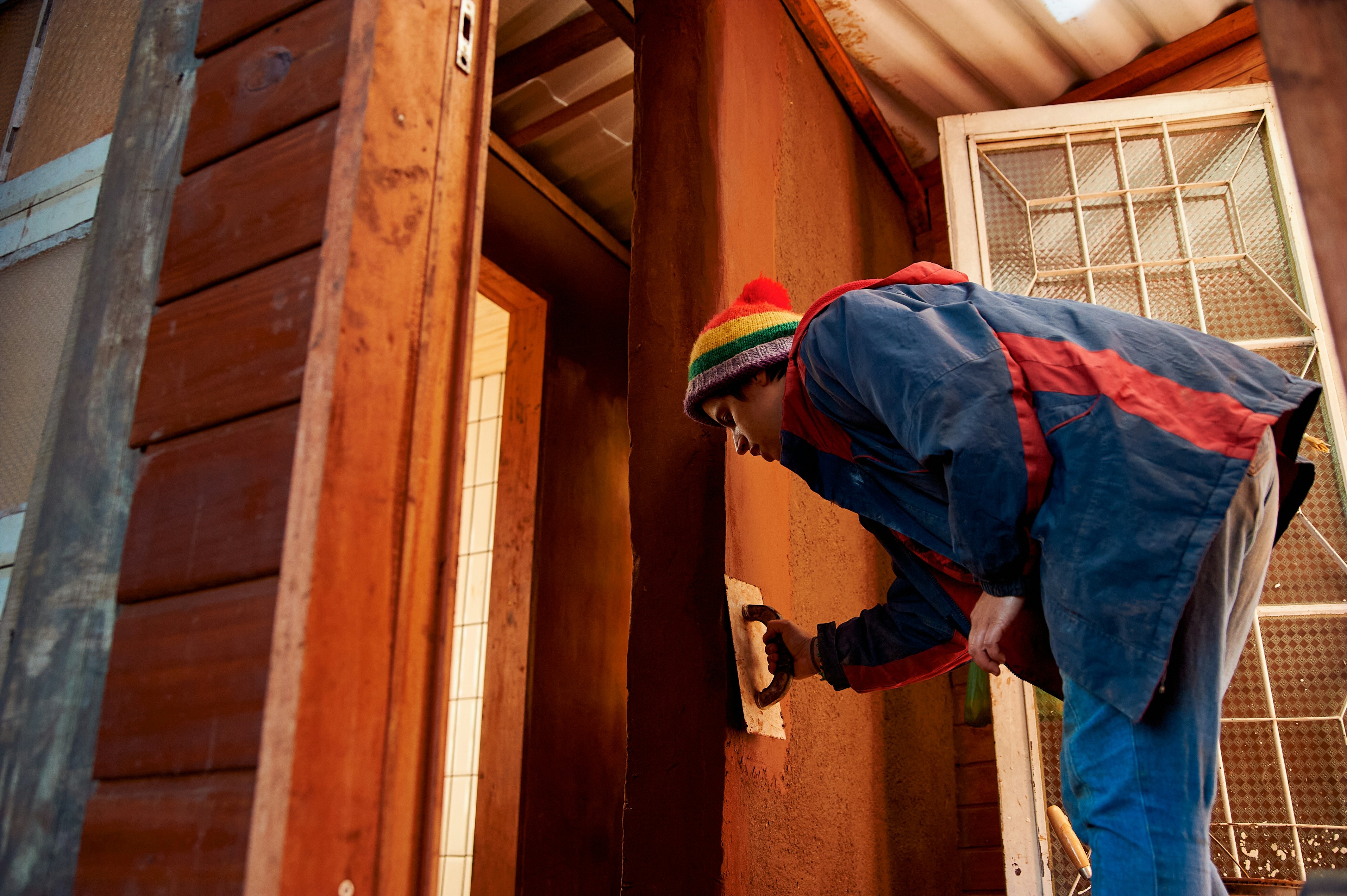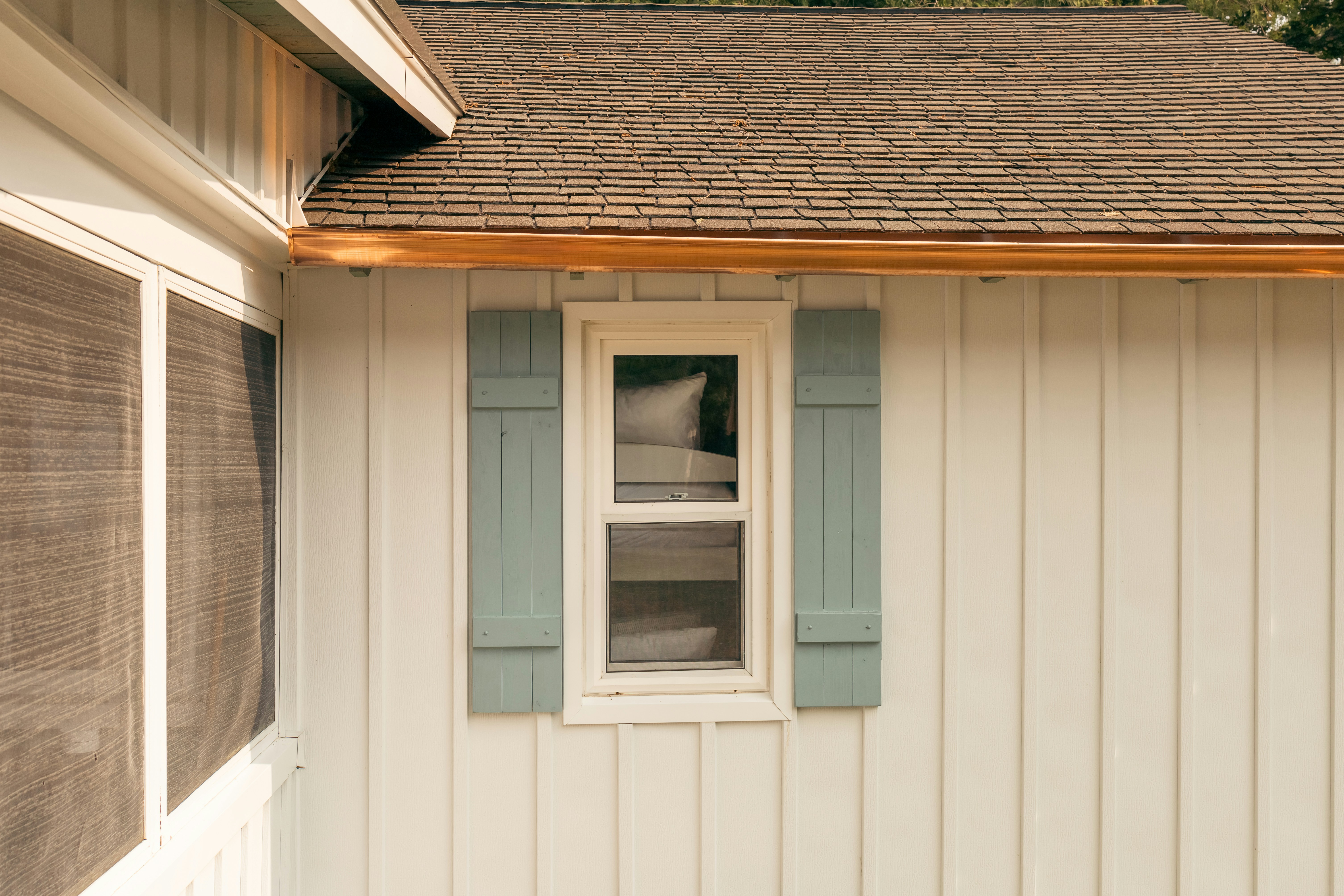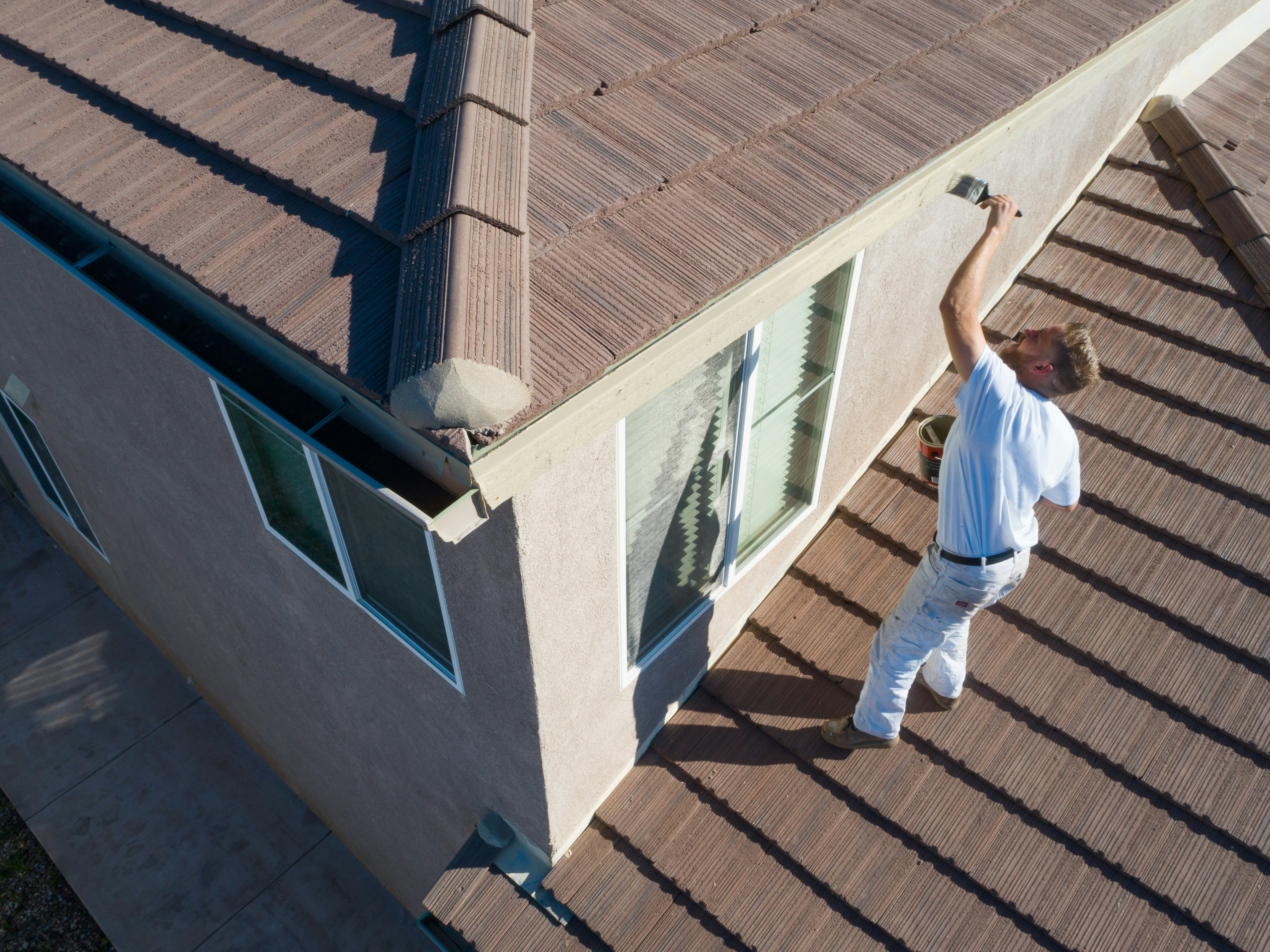Definition and Causes of Dry Rot
Dry rot is a common issue faced by homeowners in Bellevue and across the Pacific Northwest region. It is a type of decay caused by certain species of fungi that feed on damp or moist wood. The fungi break down the cellulose and hemicellulose components of the wood, leading to its deterioration and weakening.
The most common types of fungi responsible for dry rot in residential properties are Serpula lacrymans and Meruliporia incrassata, known for their destructive capabilities. The primary causes of dry rot in residential buildings stem from moisture intrusion, inadequate ventilation, and poor construction practices.
Moisture intrusion can occur due to leaks in the roof, plumbing issues, or improper drainage around the foundation. When wood remains consistently damp or wet, it creates an ideal environment for fungi to thrive and cause dry rot.
Inadequate ventilation exacerbates the problem by trapping moisture within the structure, accelerating fungal growth. Additionally, poor construction practices such as using untreated wood or improper sealing techniques can make buildings more susceptible to dry rot.
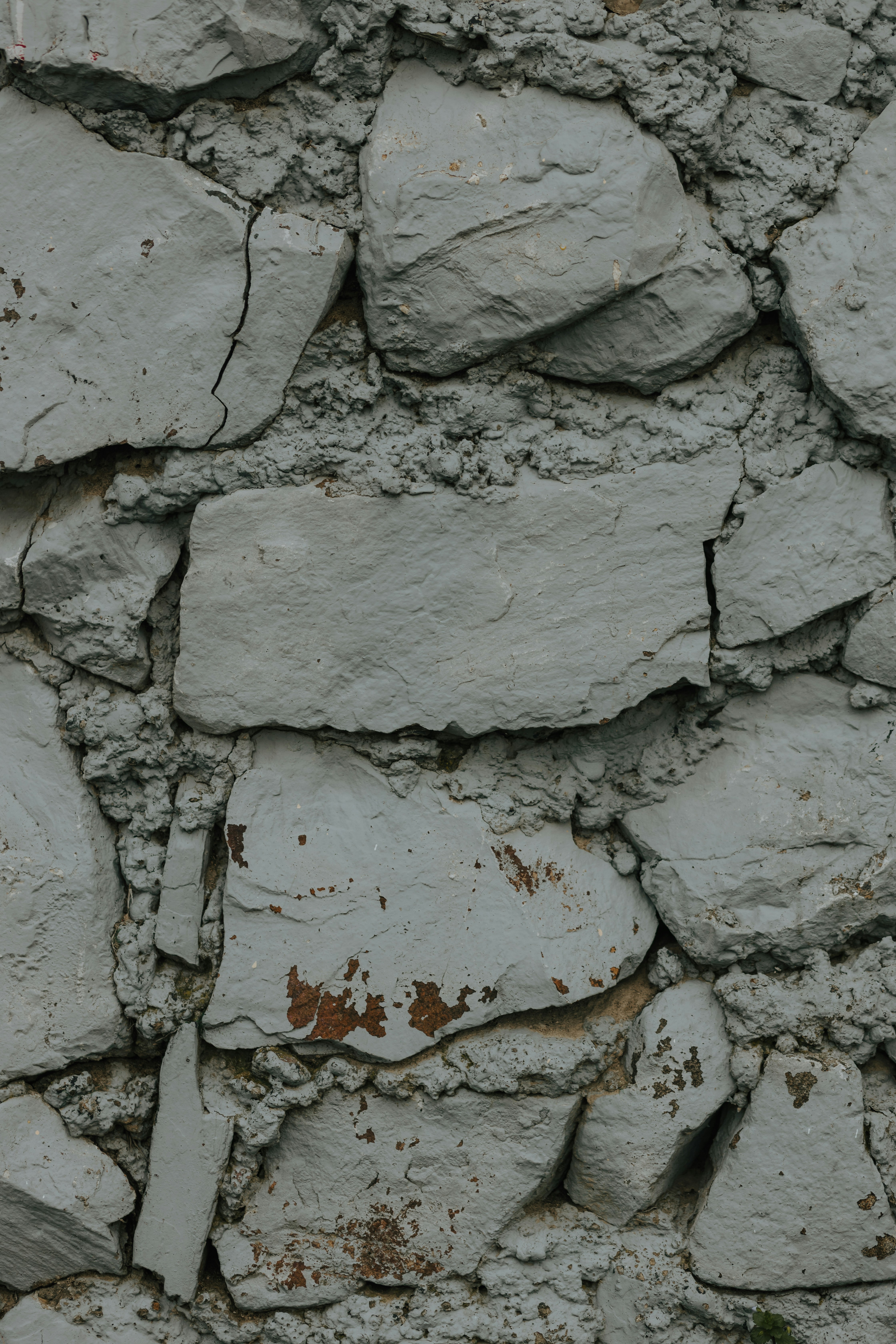
Importance of Addressing Dry Rot in Residential Properties
Addressing dry rot in residential properties is crucial to maintaining the structural integrity and safety of homes in Bellevue. Ignoring or neglecting dry rot can lead to severe damage over time, compromising the stability of floors, walls, roofs, and other structural elements.
In addition to structural concerns, untreated dry rot can also pose health risks to occupants due to potential mold growth and air quality issues. Furthermore, allowing dry rot to progress unchecked can result in costly repairs down the line.
By addressing dry rot promptly through professional inspection and repair services, homeowners can prevent further damage and save money in the long run. Timely intervention not only preserves the aesthetic appeal of a home but also ensures its longevity and value over time.
Overview of the Repair Process
The repair process for residential dry rot in Bellevue typically involves a comprehensive approach that begins with inspection and assessment by qualified professionals. Upon identifying areas affected by dry rot through visual indicators or specialized tools like moisture meters, inspectors determine the extent of damage and develop a tailored repair plan.
Repair methods vary depending on the severity of dry rot damage but may include patching and sealing affected areas for minor instances or replacing damaged wood sections for moderate cases. In more severe scenarios where structural reinforcements are needed, comprehensive repairs may involve extensive carpentry work to restore stability.
Overall, understanding the definition and causes of dry rot underscores why addressing this issue is critical for maintaining safe living conditions while preserving property value. A thorough overview of the repair process will guide homeowners through necessary steps toward effective resolution.
Understanding Dry Rot
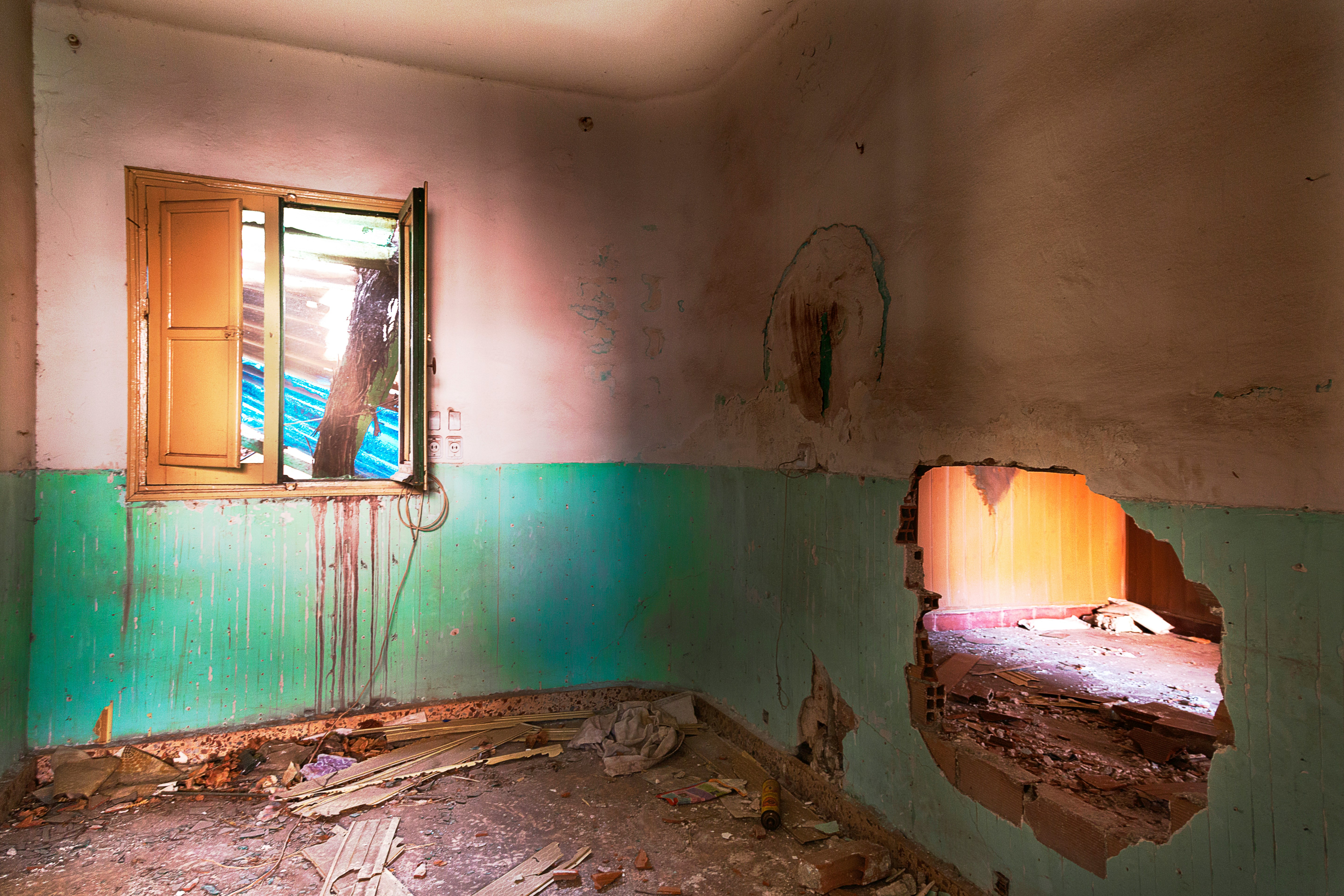
What is Dry Rot?
Dry rot, scientifically known as Serpula lacrymans, is a type of wood decay caused by specific fungi. It thrives in damp and poorly ventilated environments, typically affecting wooden structures in residential buildings.
Unlike wet rot, which requires higher moisture levels to develop, dry rot can spread even in areas with relatively low moisture content. The distinguishing feature of dry rot is its ability to travel through masonry and other building materials in search of new sources of nourishment.
Definition and Characteristics
Dry rot manifests as a brownish decay that deteriorates wood fibers, resulting in a brittle and shrunken appearance. This fungal infestation weakens the structural integrity of affected wood, posing significant risks if left untreated.
The presence of dry rot is often accompanied by a musty odor and the emergence of orange-red spore dust on surfaces near the infected area. As the fungi grow and thrive, they form a web-like mycelium that spreads rapidly through timber, causing extensive damage over time.
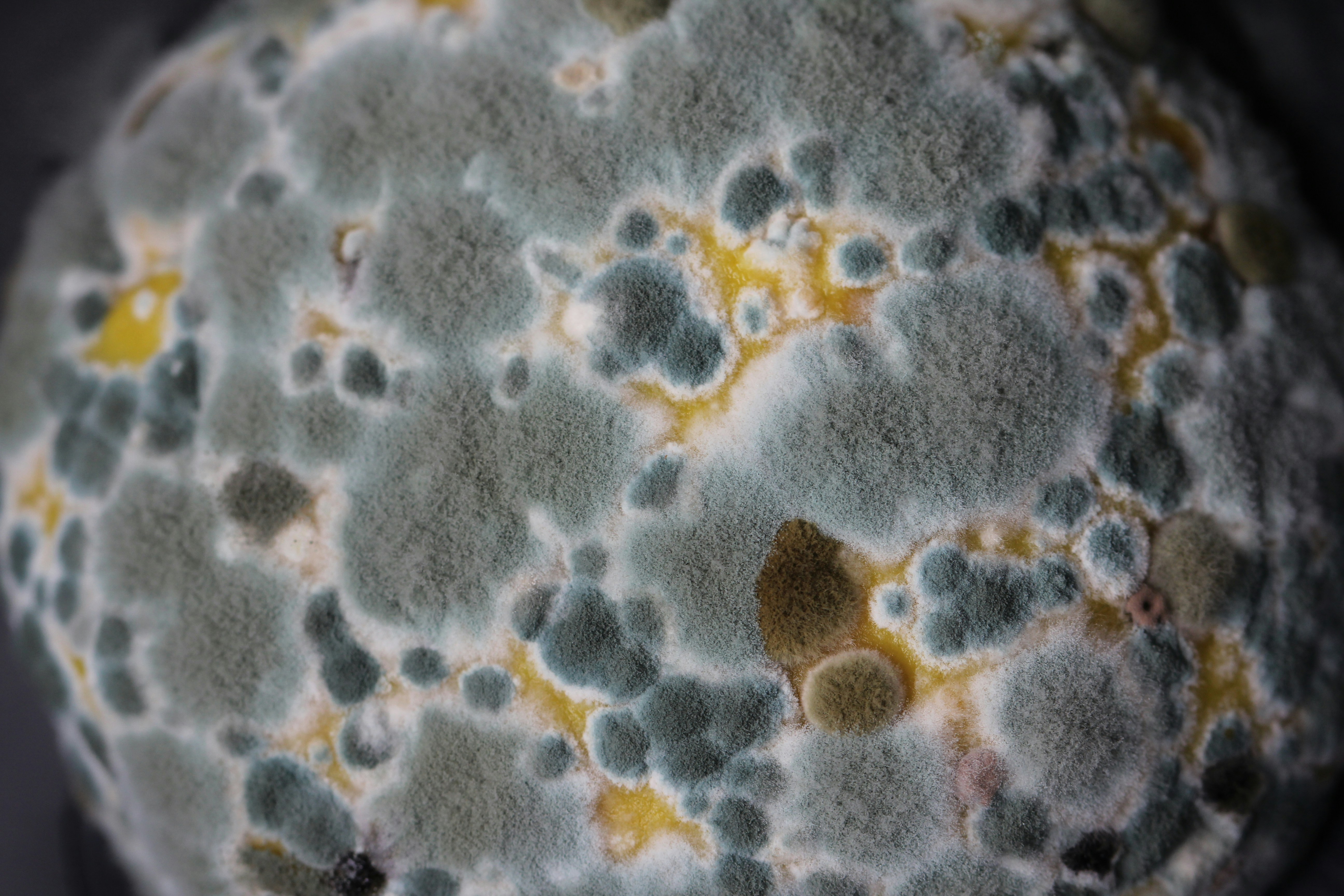
Types of Fungi that Cause Dry Rot
The primary culprits behind dry rot in residential buildings are various species belonging to the genus Serpula and related fungal organisms such as Coniophora puteana. These fungi possess enzymatic capabilities that break down cellulose and hemicellulose present in wood, facilitating their growth and colonization within structural components. Understanding the specific types responsible for dry rot infestations allows for targeted treatment strategies aimed at eradicating these destructive organisms effectively.
Causes of Dry Rot in Residential Buildings: Moisture Intrusion: One of the leading causes of dry rot is excessive moisture infiltration into building materials due to leaks or inadequate waterproofing measures.
Lack of Ventilation: Poor ventilation systems can trap moisture within confined spaces, creating ideal conditions for fungi to proliferate and cause dry rot. Poor Construction Practices: Inadequate construction techniques that fail to address water drainage issues or incorporate proper ventilation can contribute to the development of dry rot over time.
Signs and Symptoms of Dry Rot in Bellevue Homes
Recognizing the signs and symptoms of dry rot is crucial for homeowners in Bellevue to protect their properties from structural damage. One of the most common visual indicators of dry rot damage is the presence of sunken, cracked, or discolored wood.
This deterioration is often accompanied by a musty odor, indicating the presence of fungal activity. Additionally, affected wood may appear shrunken or feel spongy to the touch, signifying advanced stages of decay.
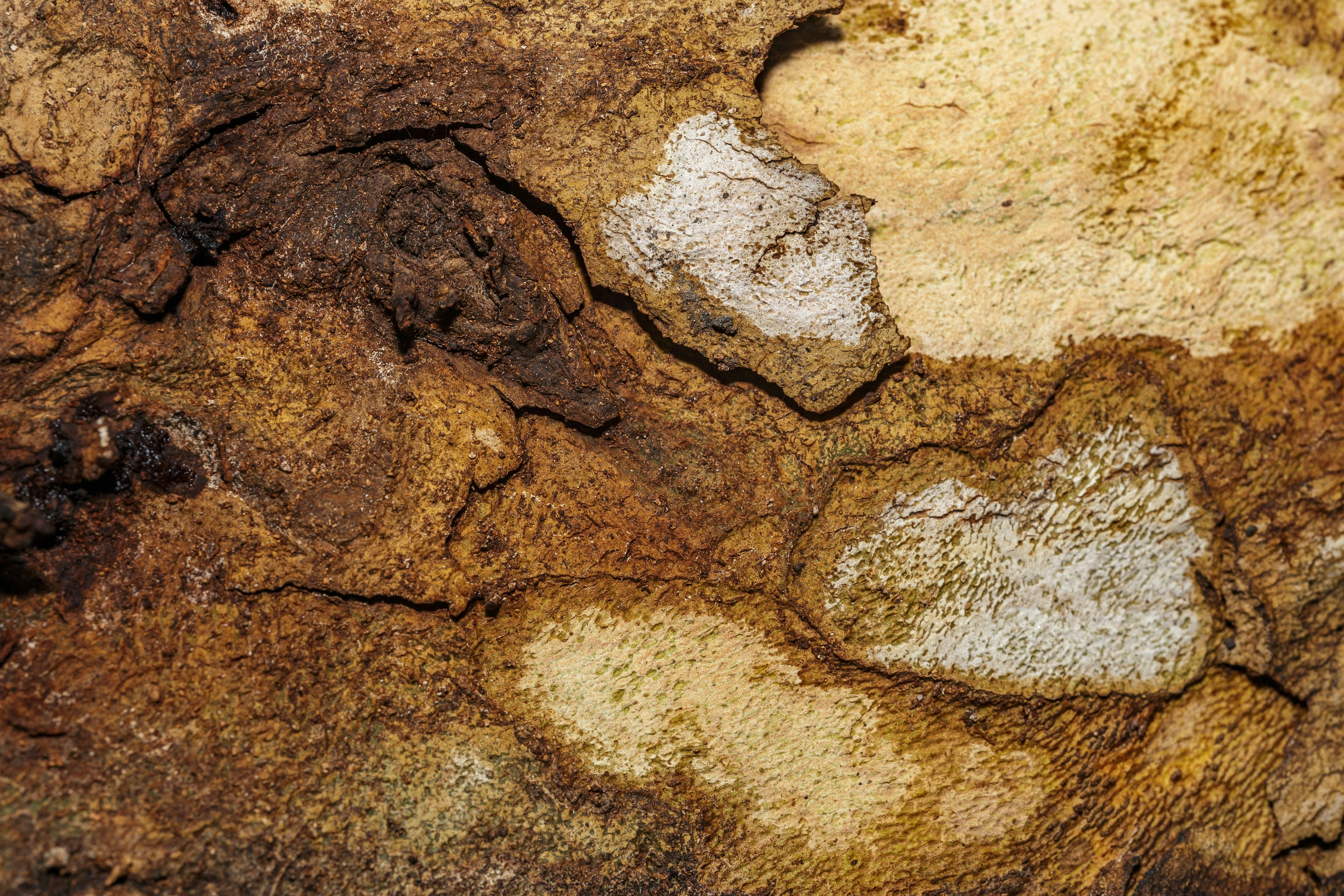
Visual Indicators of Dry Rot Damage
In Bellevue homes, dry rot commonly manifests as peeling or blistering paint on wooden surfaces, indicating moisture infiltration and subsequent fungal growth beneath the surface. Furthermore, you may notice white or gray strands resembling cobwebs on affected wood, which are actually mycelium produced by fungi to spread and feed on cellulose fibers. As dry rot progresses, these strands can extend into adjacent materials, causing widespread damage if left unchecked.
Common Areas Where Dry Rot Occurs in Residential Properties
Dry rot tends to thrive in damp, poorly ventilated areas within residential properties in Bellevue. Common hotspots for dry rot include basements, crawl spaces, attics, and bathrooms where elevated humidity levels create an ideal environment for fungal growth.
Wooden structures exposed to direct moisture sources such as leaking pipes or roof leaks are particularly susceptible to dry rot infestation. Additionally, exterior elements like decks, porches, and siding are vulnerable to decay if not adequately protected from rainwater penetration.

Importance of Early Detection and Prevention
Early detection plays a pivotal role in mitigating the impact of dry rot on Bellevue homes. Promptly addressing initial signs such as discoloration or softening of wood can prevent further deterioration and costly repairs down the line.
Implementing preventive measures like maintaining proper ventilation systems and promptly fixing plumbing leaks can significantly reduce the risk of recurrent dry rot issues. By staying vigilant and proactive in monitoring your property for potential signs of dry rot damage, you can safeguard your investment and maintain a structurally sound home environment.
Inspection and Assessment
When it comes to addressing dry rot in residential properties in Bellevue, the first crucial step is a thorough inspection and assessment of the affected areas. Hiring a professional inspector with expertise in identifying and evaluating dry rot damage is highly recommended.
These inspectors have the knowledge and tools to detect hidden areas of decay that may not be visible to the untrained eye. They will assess the extent of the damage and provide a detailed report outlining the necessary repairs.
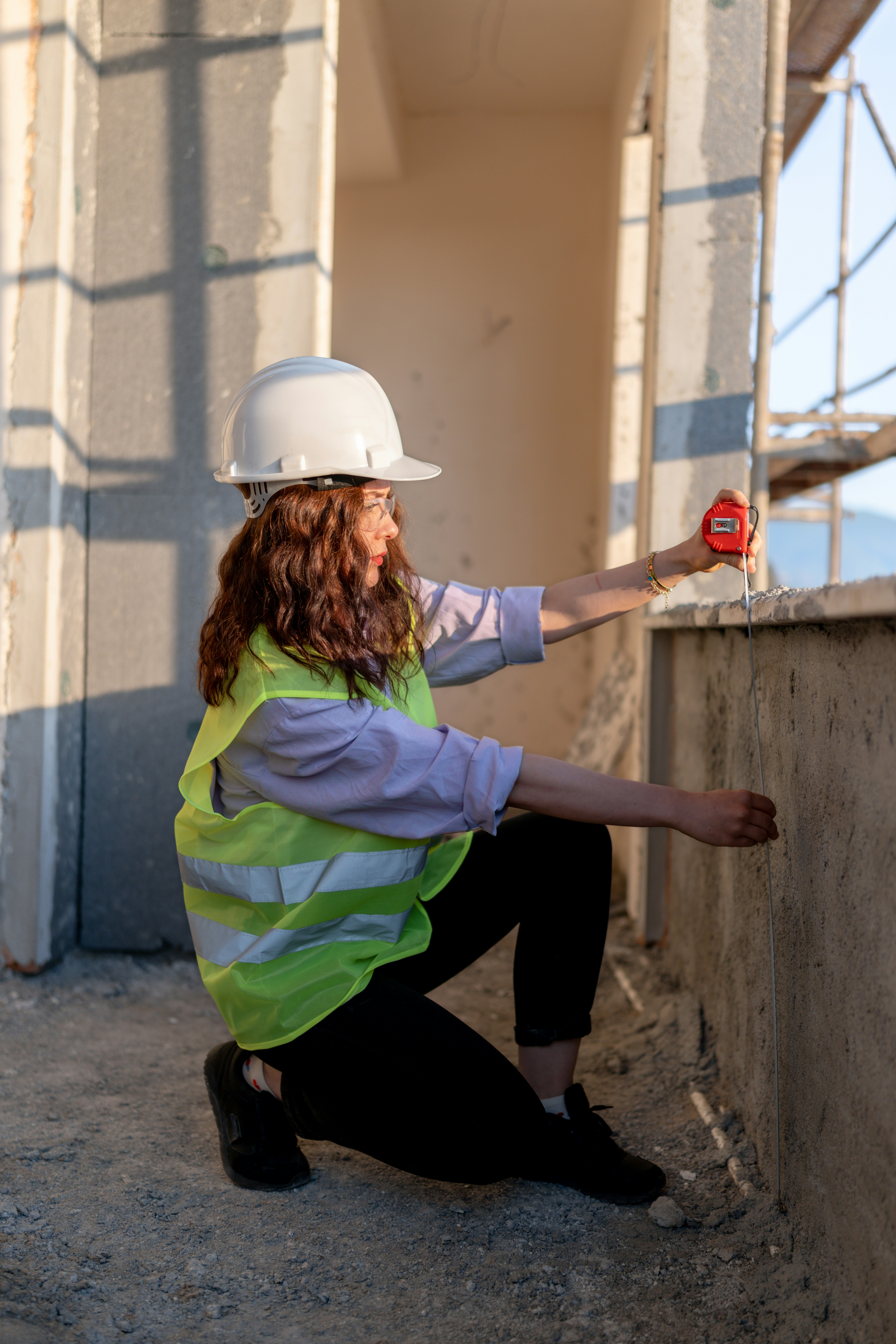
Hiring a Professional Inspector
Choosing the right professional inspector for your residential dry rot repair needs is essential in ensuring that all issues are properly identified and addressed. Look for inspectors who are licensed, experienced, and knowledgeable about dry rot specifically.
A qualified inspector will conduct a comprehensive evaluation of your property, focusing on common areas where dry rot tends to occur, such as around windows, doors, roofs, and basements. Their expertise will help you make informed decisions regarding the repair process.
Identifying the Extent of Damage
Once an inspection has been completed by a professional inspector, they will provide you with a detailed assessment of the extent of the dry rot damage in your Bellevue home. This assessment will outline which areas require attention based on the severity of decay present.
Identifying whether repairs fall under minor, moderate, or severe categories is crucial for determining the appropriate course of action moving forward. By understanding the full scope of damage, you can prioritize repairs effectively to prevent further deterioration of your property's structural integrity.
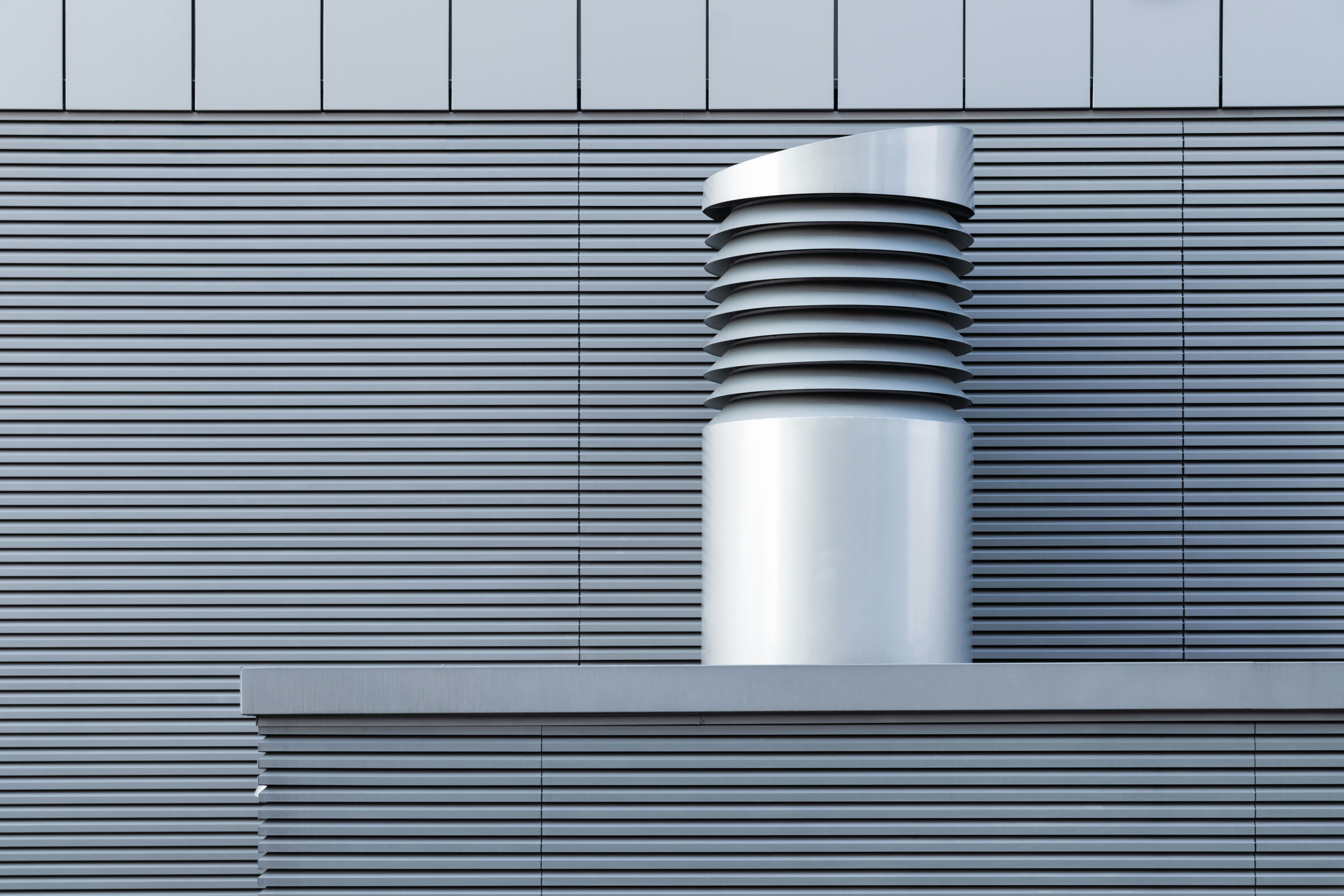
Maintaining Proper Ventilation
One of the key factors in preventing future dry rot issues in Bellevue homes is maintaining proper ventilation throughout the property. Adequate ventilation helps to regulate moisture levels and prevent the buildup of condensation, which can contribute to the growth of fungi responsible for dry rot.
Ensuring that attics, crawl spaces, and other enclosed areas are properly ventilated allows for air circulation and helps to keep these areas dry and free from excess humidity. Homeowners can improve ventilation by installing vents in strategic locations, such as soffits, eaves, and gable ends.
These vents allow fresh air to enter the space and push out stale, moist air. Additionally, utilizing exhaust fans in bathrooms, kitchens, and laundry rooms can help remove excess moisture at its source.
By maintaining proper ventilation throughout the home, residents can create an environment less conducive to the development of dry rot. Regularly inspecting existing vents for blockages or damage is essential to ensure they are functioning effectively.
Clearing away debris or obstructions that impede airflow can help optimize ventilation systems and reduce the risk of moisture-related issues like dry rot. By staying proactive about maintaining proper ventilation, Bellevue homeowners can safeguard their properties against potential damage.
Controlling Moisture Levels
Another critical aspect of preventing dry rot in Bellevue homes is controlling moisture levels within the property. Excess moisture provides ideal conditions for fungi growth, which leads to the onset of dry rot. To combat this threat, homeowners should identify sources of moisture intrusion and take steps to address them promptly.
Common sources of excess moisture include plumbing leaks, roof leaks, improper drainage around foundations, and inadequate waterproofing in basements or crawl spaces. By addressing these issues promptly and effectively sealing off points where water may enter the structure, residents can significantly reduce the risk of developing dry rot due to elevated moisture levels.
In addition to addressing external sources of moisture intrusion, homeowners should also be mindful of indoor activities that contribute to elevated humidity levels. Properly ventilating areas prone to high humidity—such as bathrooms while showering or kitchens while cooking—can help mitigate indoor humidity levels and prevent excess moisture from accumulating within the home.

Regular Inspections and Maintenance Routines
To maintain a healthy living environment free from dry rot concerns in Bellevue homes , establishing regular inspection routines is crucial . Regular checks should include visually inspecting vulnerable areas like attics , crawl spaces , basements , decks , balconies , windowsills , doorsills - any place where wood comes into contact with potential sources - keep an eye out for signs such as discoloration or softness near surfaces as these could indicate presence exists before it spreads further along your property 's infrastructure . Making time Committing yourself frequently checks advantage spot catch early stages hardships develop saving money long run well headaches later down line When conducting inspections , pay attention around windows doors holes cracks walls foundation overlooked places places interest pests insects fungal growth thrive dark moist environments - perfect breeding grounds trouble on horizon Regular maintenance also plays vital role preventing future issues ensuring all exposed elements sealed protected against infiltrations weather elements Simply applying paint stains sealants protect wood decay thus reducing likelihood occurring These products readily available hardware stores relatively easy apply so make habit doing least annually extend lifespan structures protection Maintenance ongoing process requires diligence commitment benefit substantially investment time resources your Home sweet indeed but sweetest kept condition possible Given information provided above plan stay top repairs protect investment years come
Importance of hiring a licensed contractor
When it comes to addressing dry rot in residential properties in Bellevue, the importance of hiring a licensed contractor cannot be overstated. Licensed contractors have undergone rigorous training and certification processes, ensuring that they possess the necessary skills and expertise to handle dry rot repairs effectively.
By entrusting your repair needs to a licensed professional, you can have peace of mind knowing that the work will be carried out to industry standards and regulations. Additionally, licensed contractors are often backed by insurance policies, providing added protection in case of any unforeseen issues during the repair process.

Questions to ask potential contractors
When selecting a contractor for your residential dry rot repair project in Bellevue, it's crucial to ask the right questions to ensure you're making an informed decision. Start by inquiring about the contractor's experience with dry rot repairs specifically. Ask how long they have been in business and if they have worked on similar projects before.
Request references from past clients to gauge their reputation and level of customer satisfaction. Inquire about their licensing and insurance status to confirm their legitimacy as a professional service provider.
Understanding the cost estimates
Understanding cost estimates for residential dry rot repair projects in Bellevue is essential for budgeting purposes and avoiding unexpected expenses down the line. When reviewing estimates from potential contractors, make sure to ask for a detailed breakdown of costs including materials, labor, permits, and any additional fees. It's also important to clarify if there are any potential hidden costs or unforeseen expenses that may arise during the course of the project.
Compare estimates from multiple contractors to ensure you're getting a fair price for the quality of work being offered. Remember that while cost is an important factor, it should not be the sole determinant in selecting a contractor; consider factors like experience, reputation, and professionalism as well.
Resources for DIY Enthusiasts Interested in Residential Dry Rot Repair
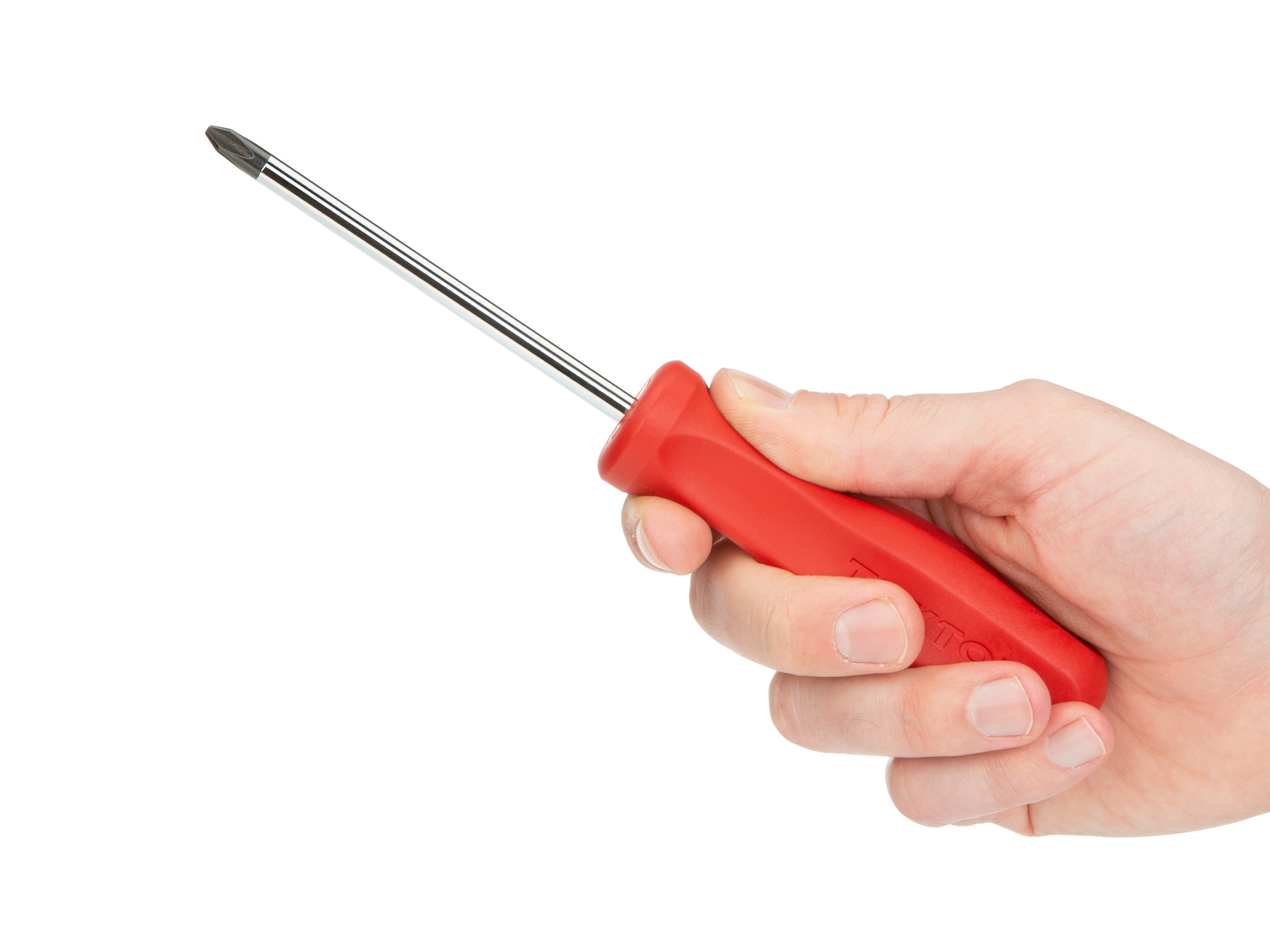
Tools
For DIY enthusiasts looking to tackle residential dry rot repair in Bellevue, having the right tools is crucial for a successful outcome. Some essential tools you may need include a circular saw for precision cutting of damaged wood, a hammer and nails for securing new sections in place, a moisture meter to detect any lingering moisture issues, and protective gear such as gloves and goggles to ensure your safety during the repair process. Additionally, wood filler, primer, paint, and caulk are important materials to have on hand to finish the repair seamlessly.
Conclusion
Embarking on residential dry rot repair projects in Bellevue can be a rewarding experience for those who are willing to take on the challenge. By arming yourself with the necessary tools and knowledge, DIY enthusiasts can successfully address dry rot issues in their homes while saving costs on professional services.
Remember that proper maintenance and proactive measures can help prevent future occurrences of dry rot, ensuring the longevity and structural integrity of your residential property. With determination and attention to detail, you can transform a daunting repair task into a gratifying accomplishment that enhances both your home's aesthetics and safety.

